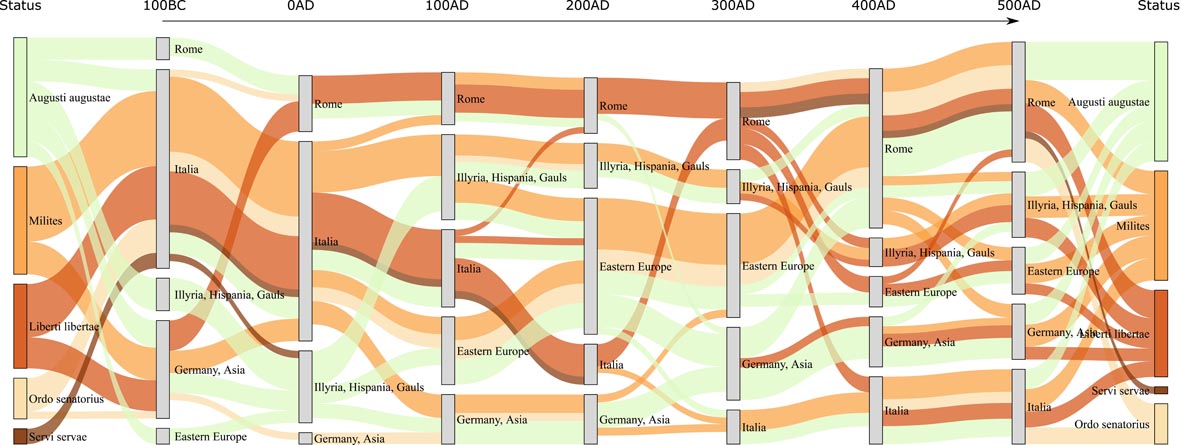
Dynamic Mixed Membership Stochastic Block Model for Weighted Labeled Networks
Most real-world networks evolve over time. Existing literature proposes models for dynamic networks that are either unlabeled or assumed to have a single membership structure. On the other hand, a new family of Mixed Membership Stochastic Block Models (MMSBM) allows to model static labeled networks under the assumption of mixed-membership clustering. In this work, we propose to extend this later class of models to infer dynamic labeled networks under a mixed membership assumption.
Our approach takes the form of a temporal prior on the model’s parameters. It relies on the single assumption that dynamics are not abrupt. We show that our method significantly differs from existing approaches, and allows to model more complex systems –dynamic labeled networks. We demonstrate the robustness of our method with several experiments on both synthetic and real-world datasets. A key interest of our approach is that it needs very few training data to yield good results. The performance gain under challenging conditions broadens the variety of possible applications of automated learning tools –as in social sciences, which comprise many fields where small datasets are a major obstacle to the introduction of machine learning methods.
Supplementary Material for MPDHP
Reference:
Dynamic Mixed Membership Stochastic Block Model for Weighted Labeled Networks
G. Poux-Médard, J. Velcin, S. Loudcher, SIGIR, 2023